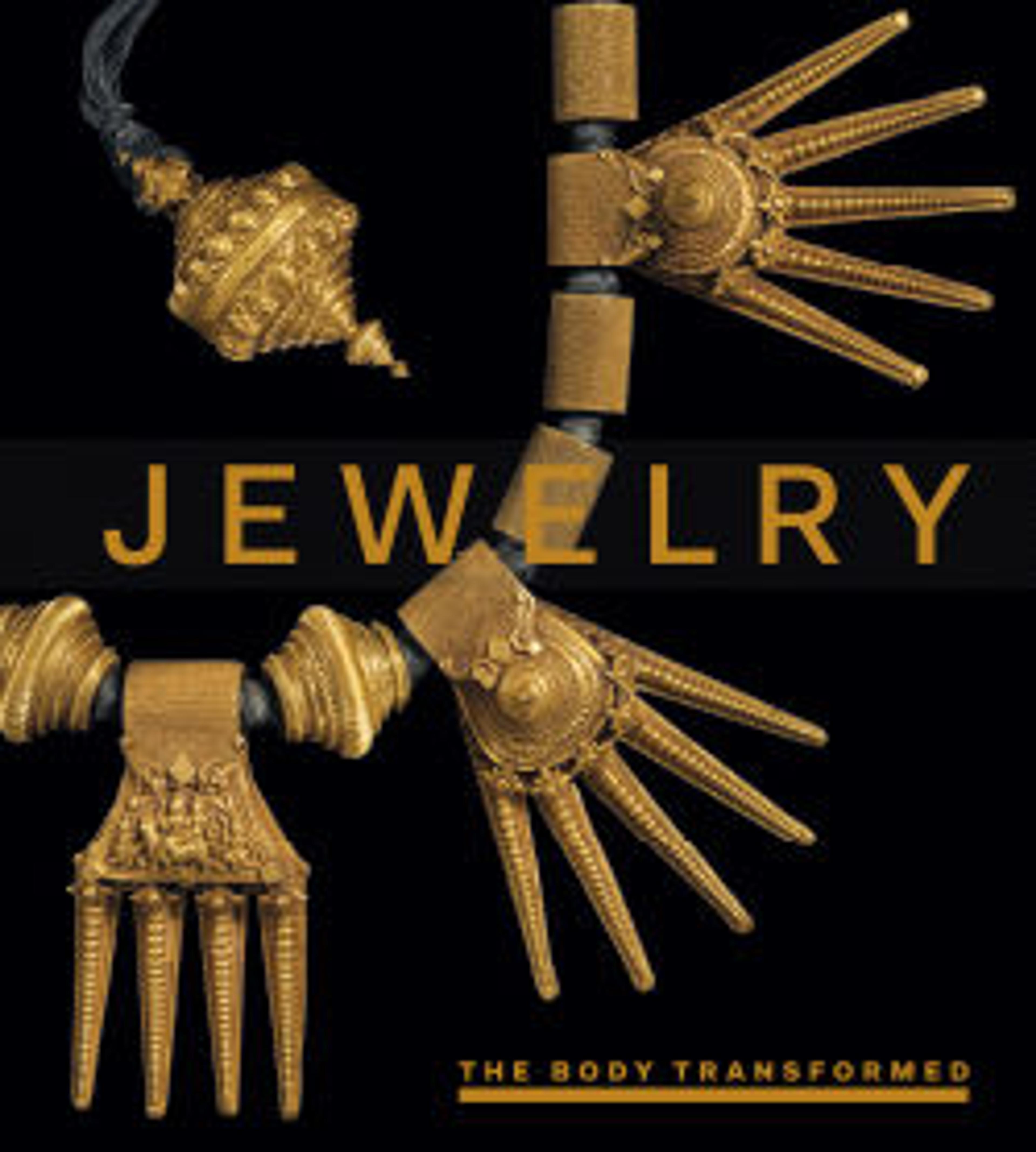Man's Prestige Cloth
Richly elaborated and costly kente textiles, identified with wealth and status, are attributes of prestige worn to mark special occasions in both Ewe and Asante societies. Such cloths, worn as voluminous toga-like garments, are draped majestically around the body with one loose end brought up and over the left shoulder. They are very skillfully woven and demonstrate an intricate and vibrant use of color and design. The refined silk used to weave this man's wrapper cloth indicated its age to go back to the beginning of the 20th century. The regular width of the weft is a clear demonstration of the skill of this cloth's weaver. Although the viewer may have the overall impression of lively random patterning, the number of alternating blocks per strip, their sequencing, overall length and color balance must adhere to specific mathematical and design parameters. It was woven on the specialized Ewe/Asante man's loom which features two sets of double heddles. The woven structure consists of a (slightly) warp-face plain weave foundation cloth with extra heddle-pair weft-face patterning.
It is an archetypal example of an extremely fine all-silk prestige man's wrapper, which presents the classical style of design called "sika futuru" or "gold dust." British administrator R.S. Rattray in his monograph on Asante art noted of this pattern that it "might in former times only be worn by the king of Ashanti." This piece is certainly of such complexity and elaboration that it would have been commissioned by a senior chief. It falls within the group of cloths with all available space covered by supplementary weft float motifs that are classed as "adweneasa" meaning "fullness of ornament" or "exhaustion of the weaver's skill."
It is an archetypal example of an extremely fine all-silk prestige man's wrapper, which presents the classical style of design called "sika futuru" or "gold dust." British administrator R.S. Rattray in his monograph on Asante art noted of this pattern that it "might in former times only be worn by the king of Ashanti." This piece is certainly of such complexity and elaboration that it would have been commissioned by a senior chief. It falls within the group of cloths with all available space covered by supplementary weft float motifs that are classed as "adweneasa" meaning "fullness of ornament" or "exhaustion of the weaver's skill."
Artwork Details
- Title:Man's Prestige Cloth
- Date:early 20th century
- Geography:Ghana
- Culture:Akan peoples, Asante group
- Medium:Silk
- Dimensions:H. 69 x W. 110 in. (175.3 x 279.4 cm)
- Classification:Textiles
- Credit Line:Purchase, Mariana and Ray Herrmann Gift, 2010
- Object Number:2010.556
- Curatorial Department: The Michael C. Rockefeller Wing
More Artwork
Research Resources
The Met provides unparalleled resources for research and welcomes an international community of students and scholars. The Met's Open Access API is where creators and researchers can connect to the The Met collection. Open Access data and public domain images are available for unrestricted commercial and noncommercial use without permission or fee.
To request images under copyright and other restrictions, please use this Image Request form.
Feedback
We continue to research and examine historical and cultural context for objects in The Met collection. If you have comments or questions about this object record, please contact us using the form below. The Museum looks forward to receiving your comments.
